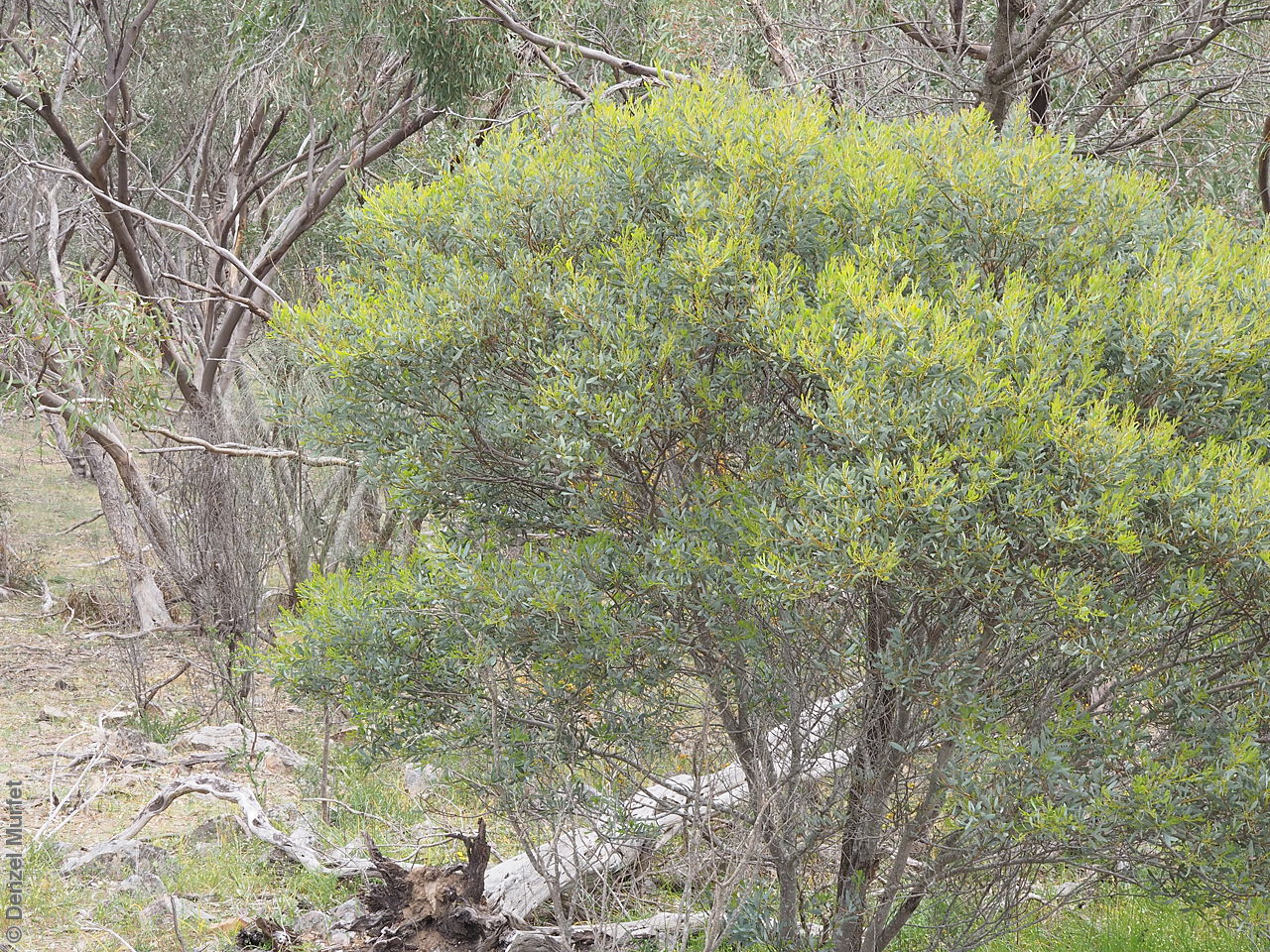
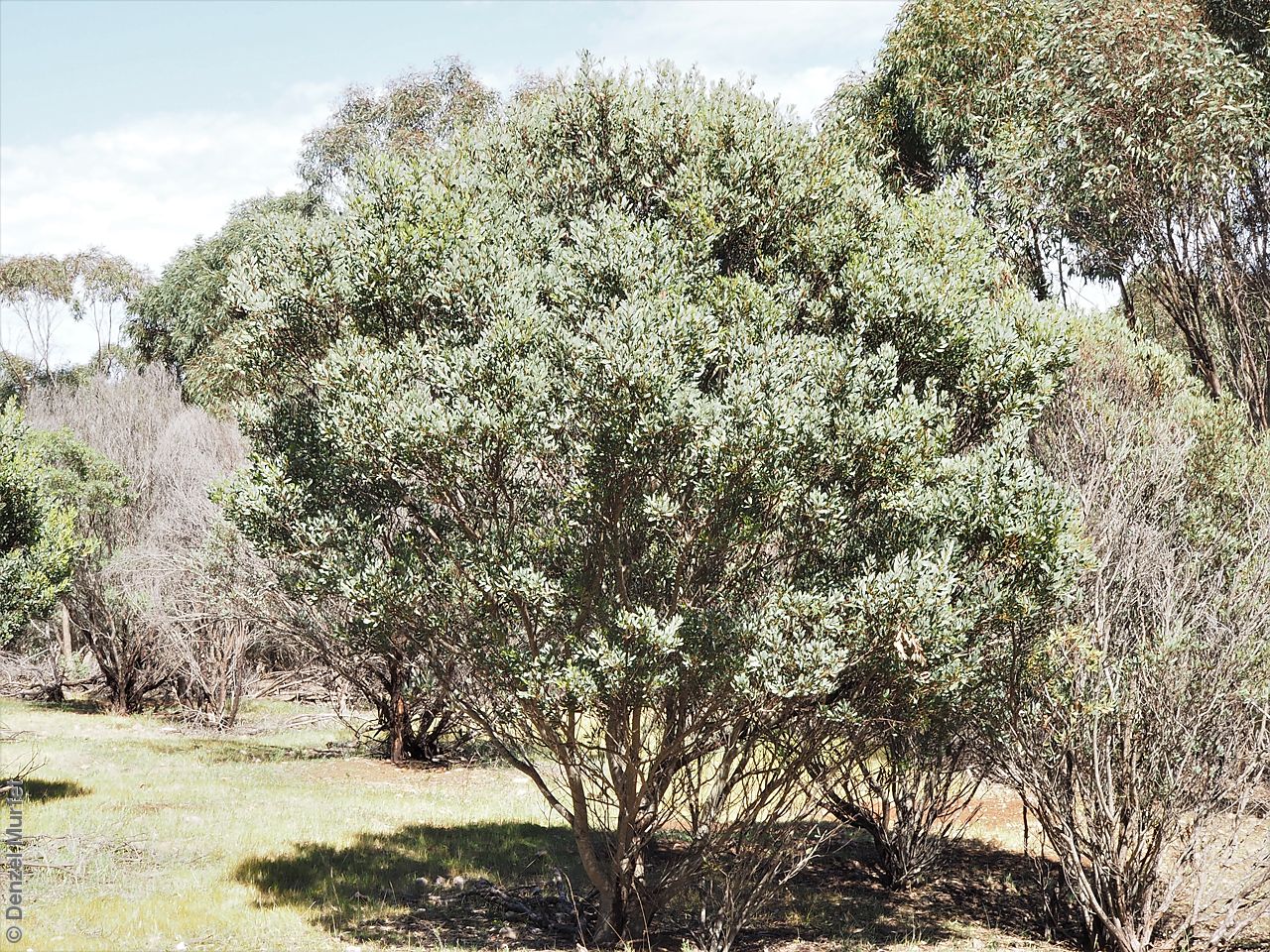
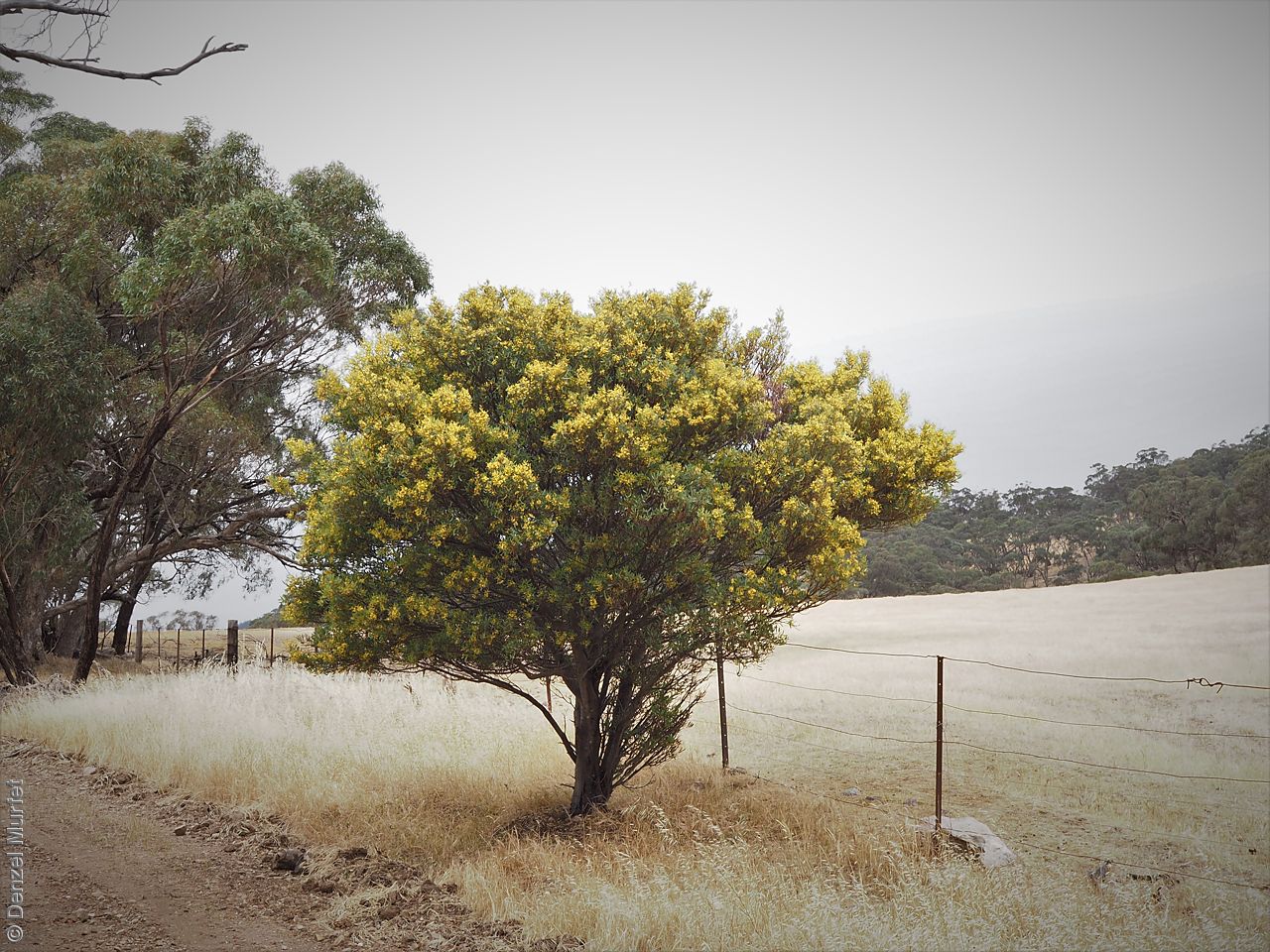
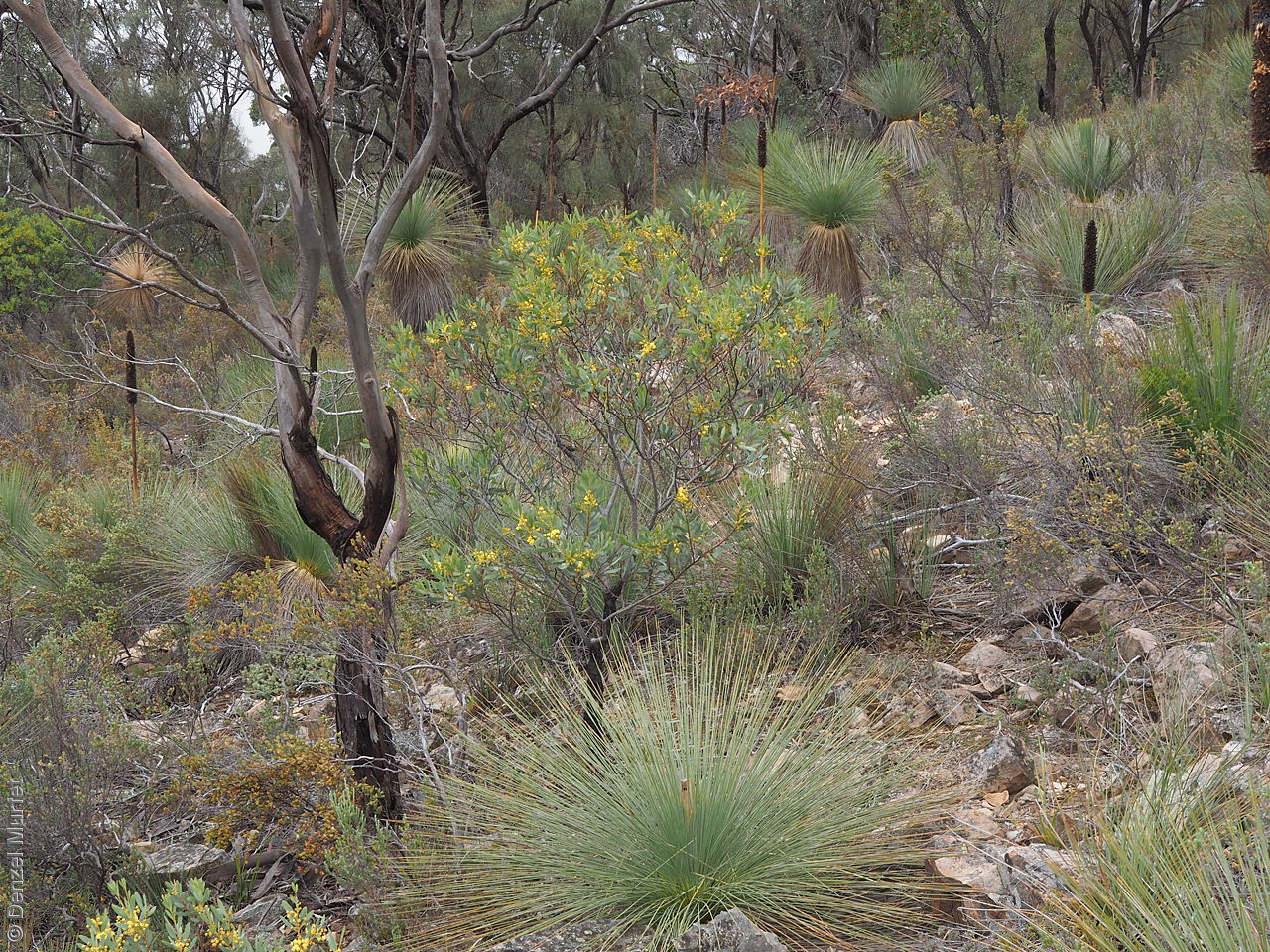
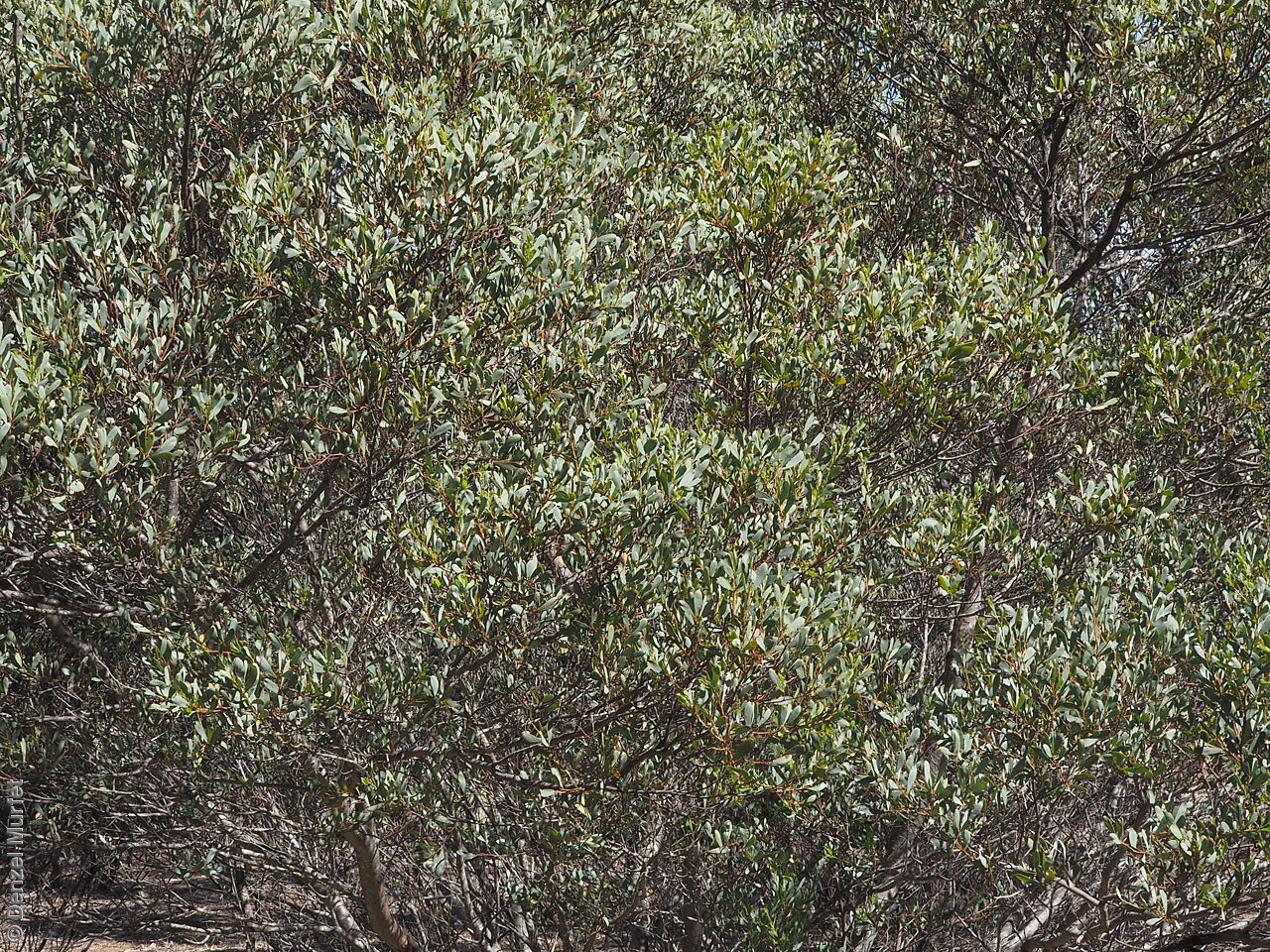
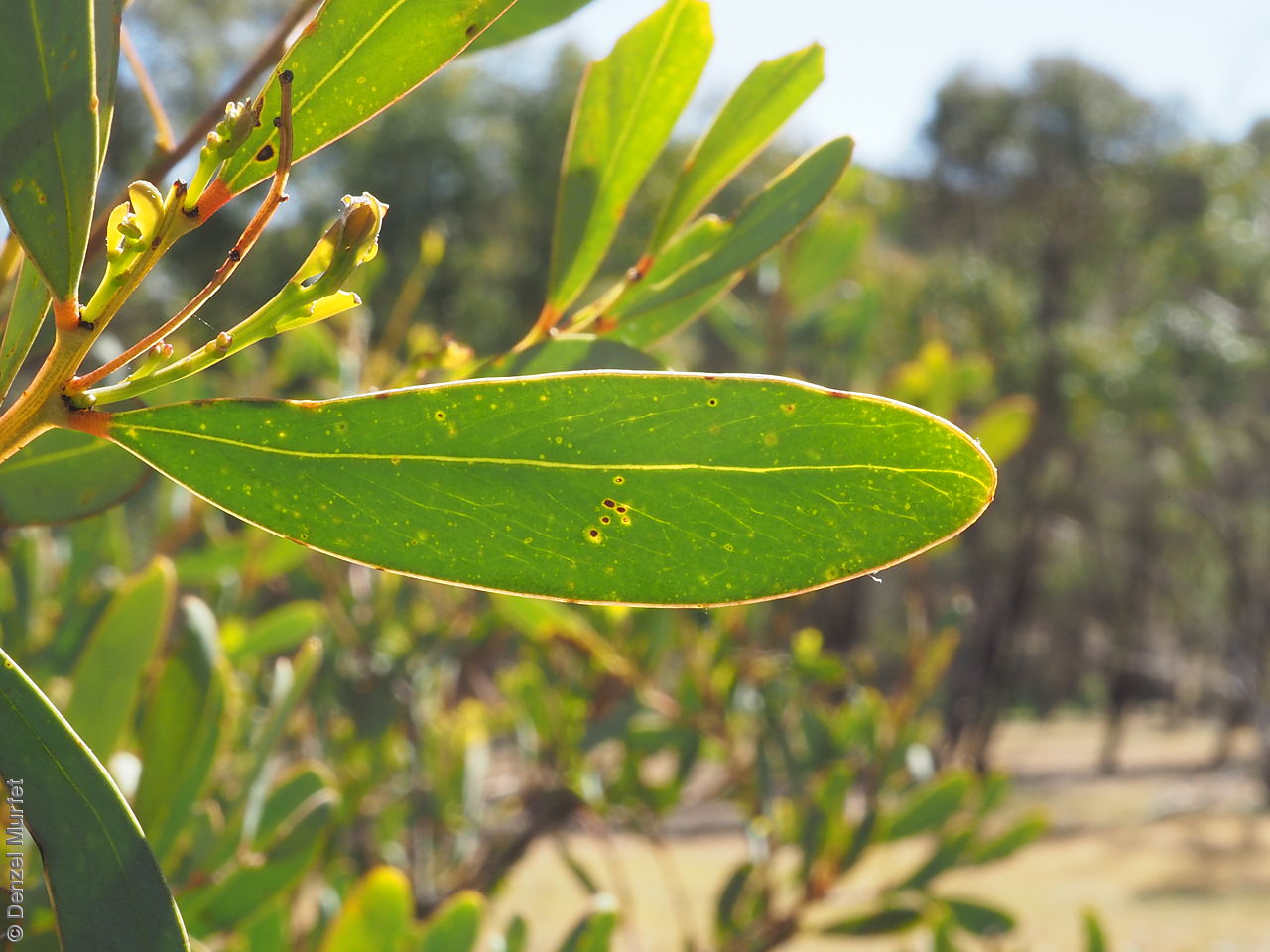

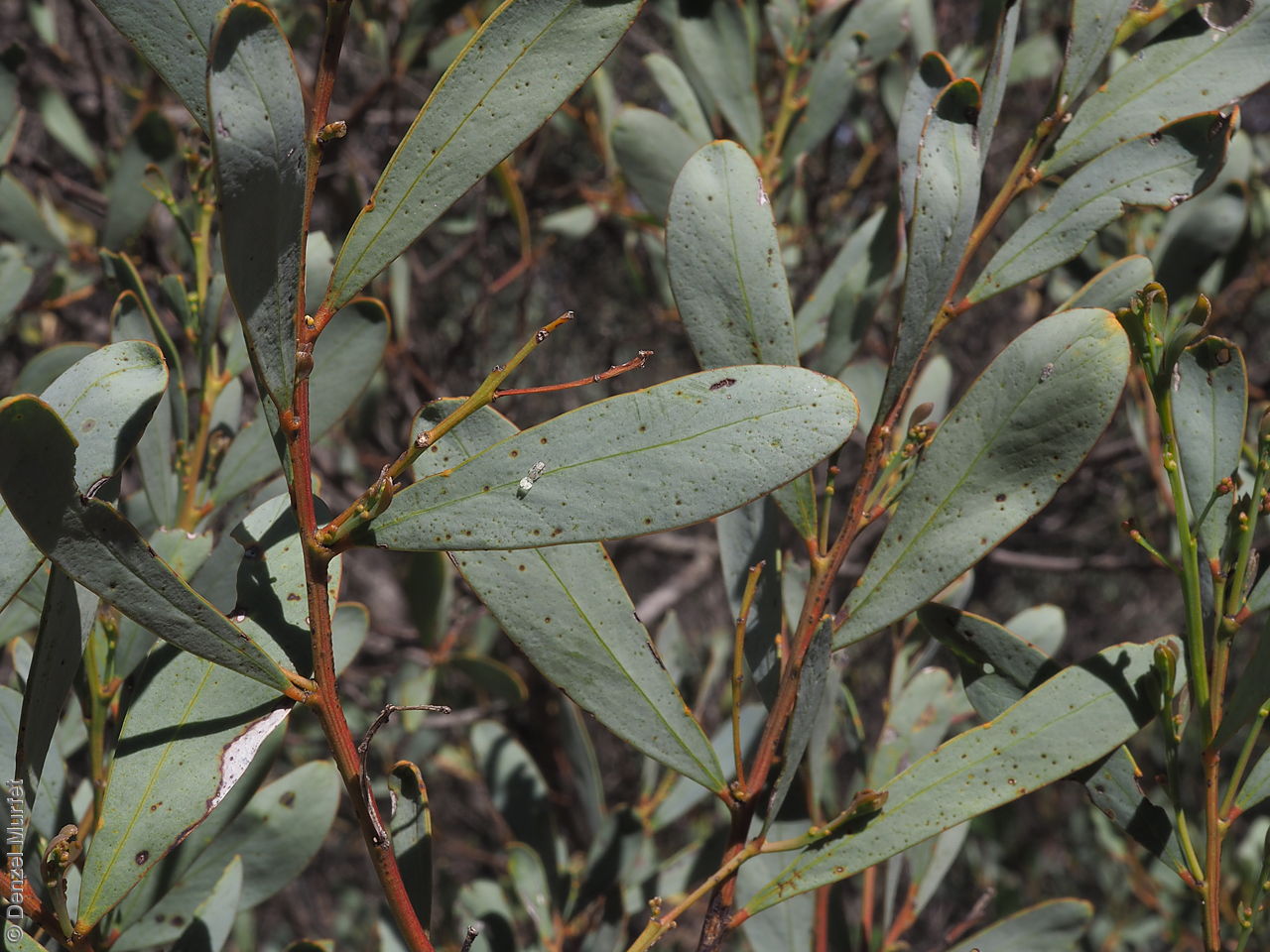
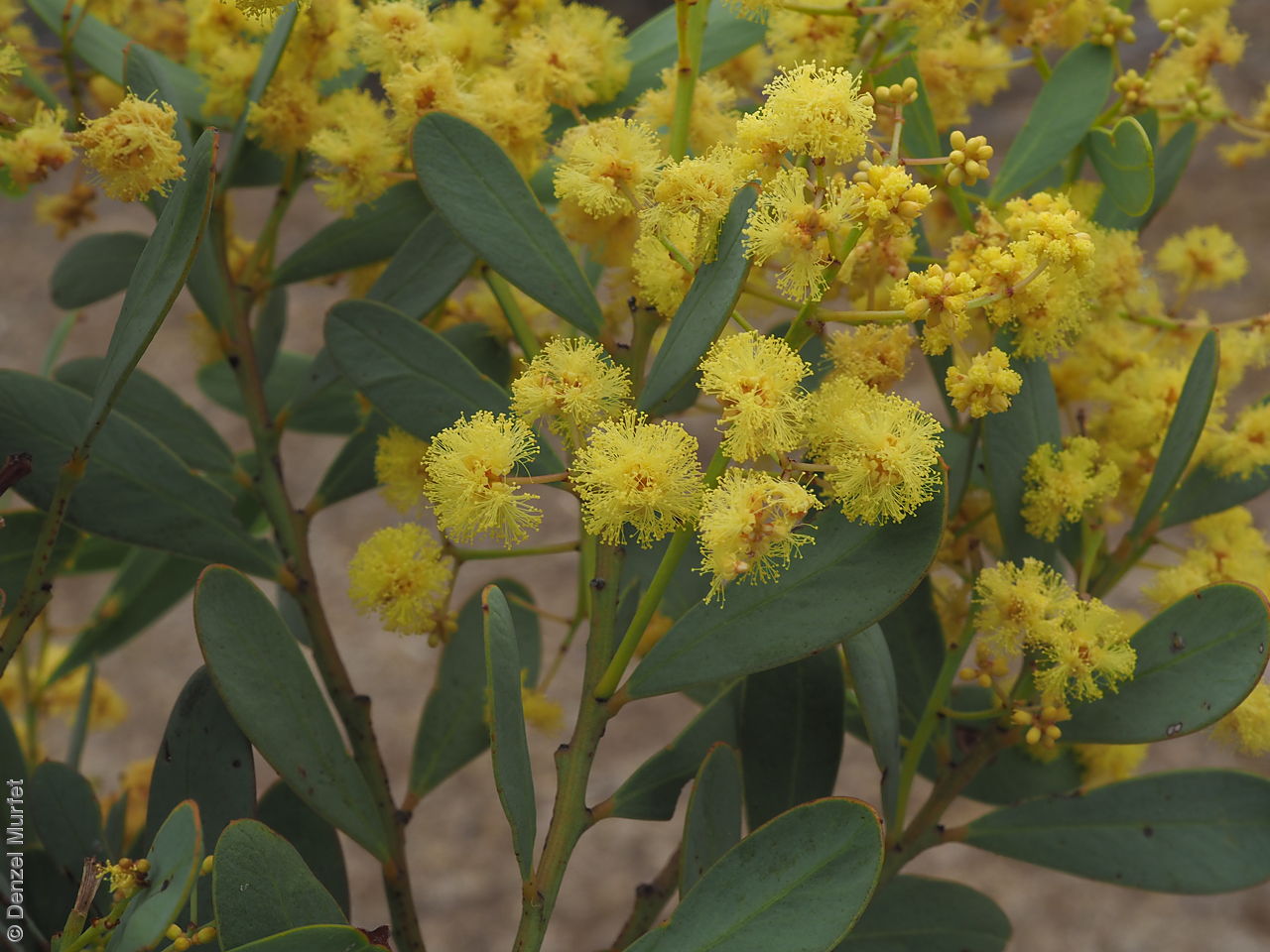
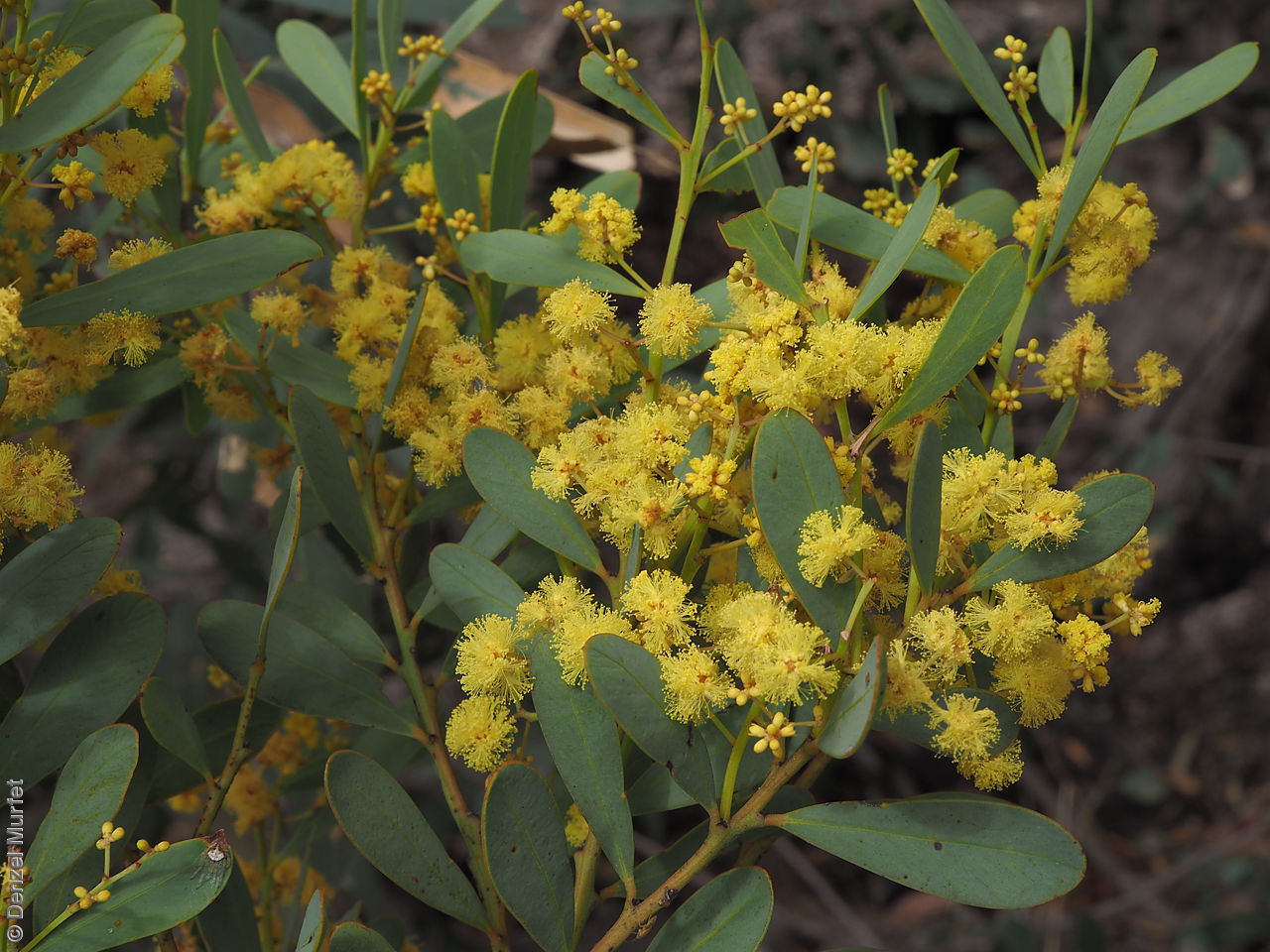
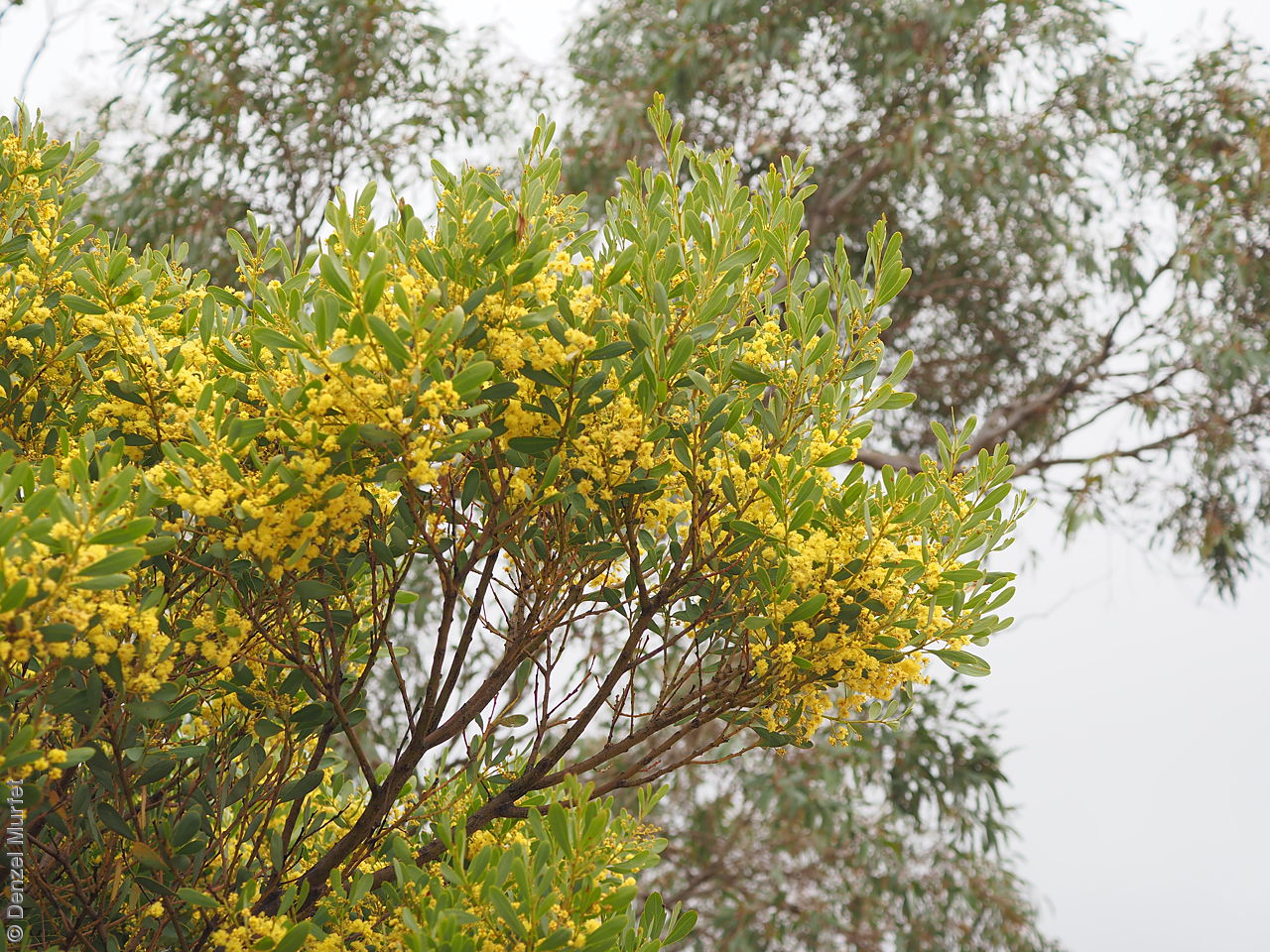

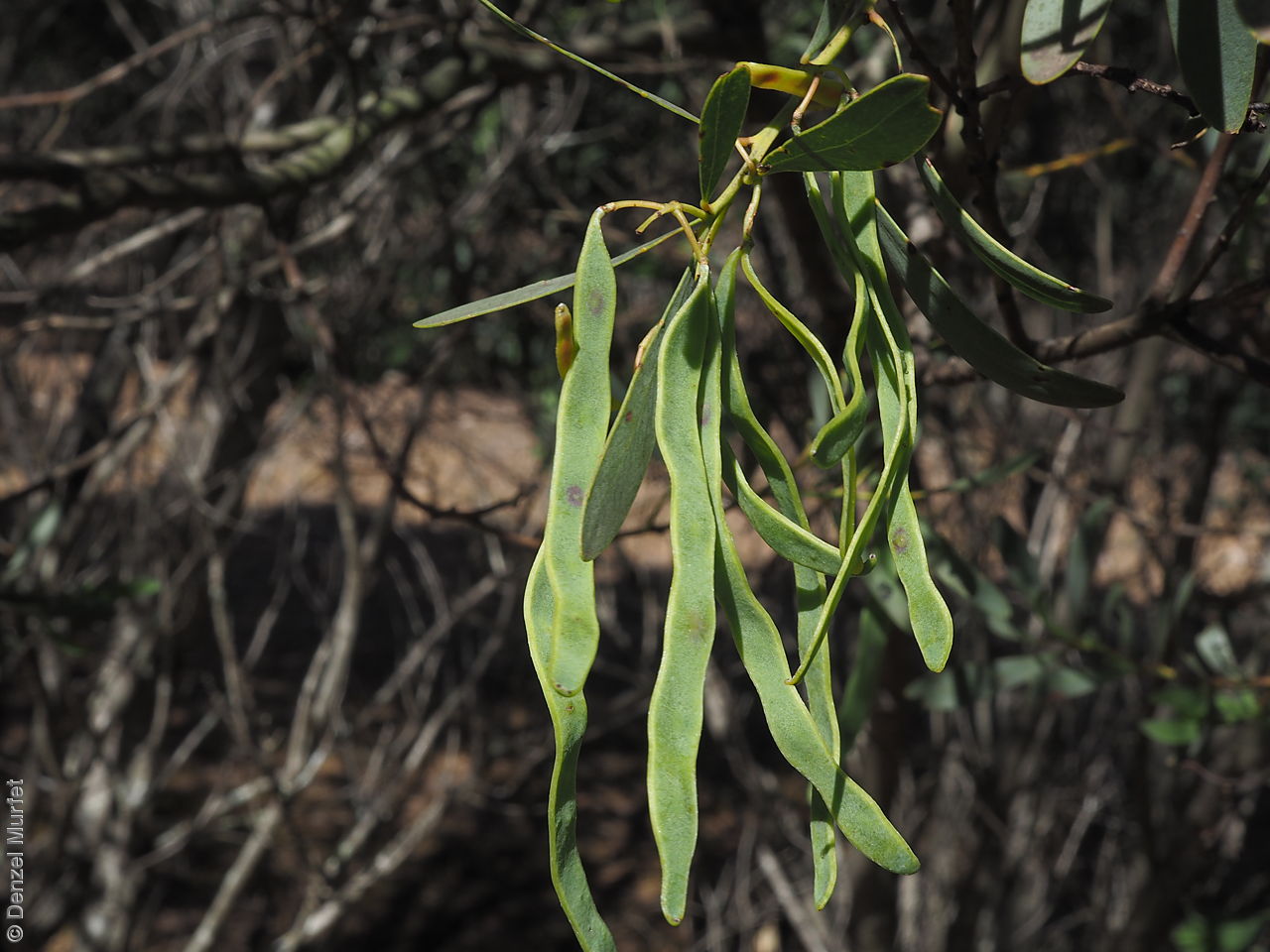
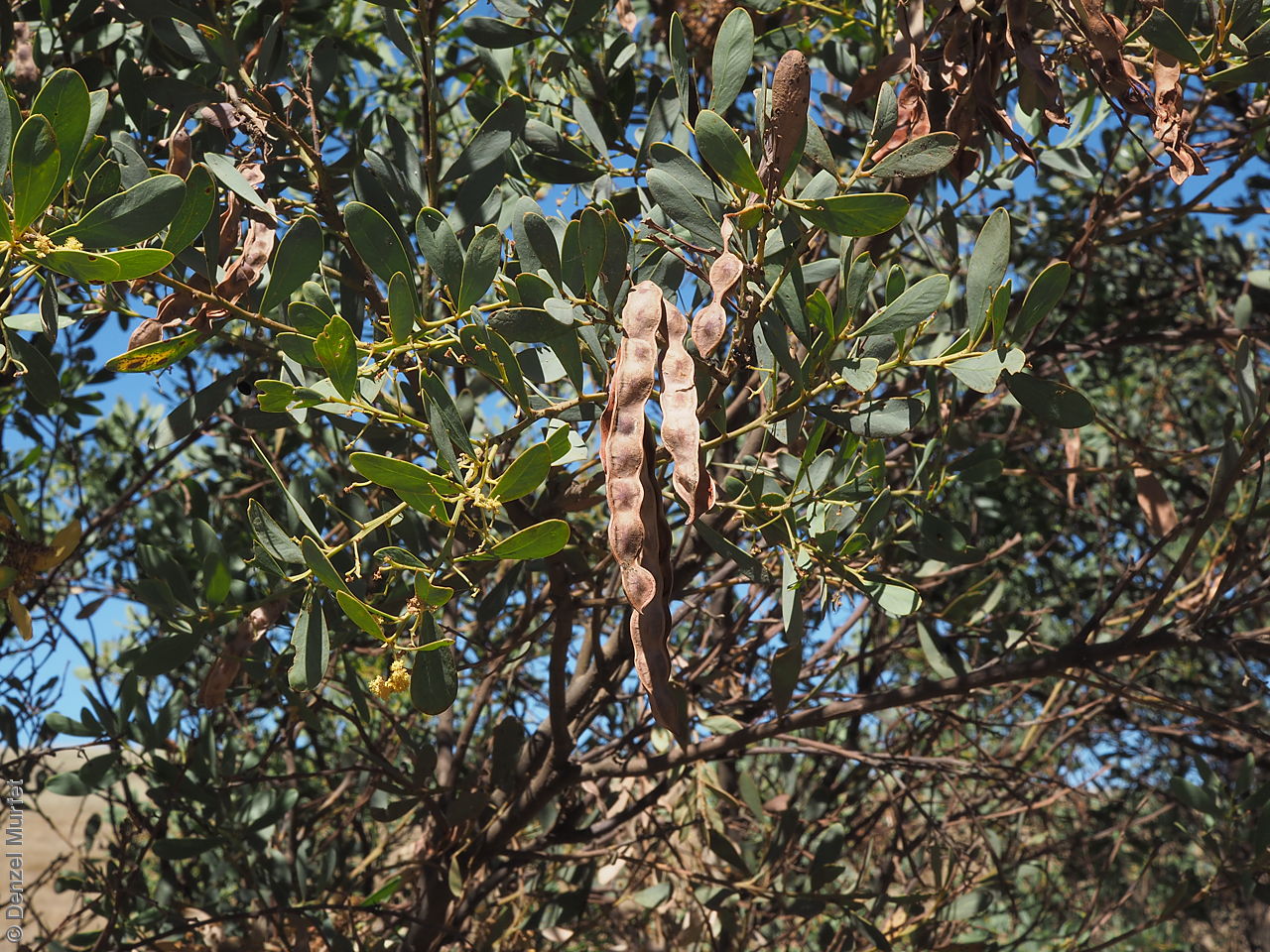
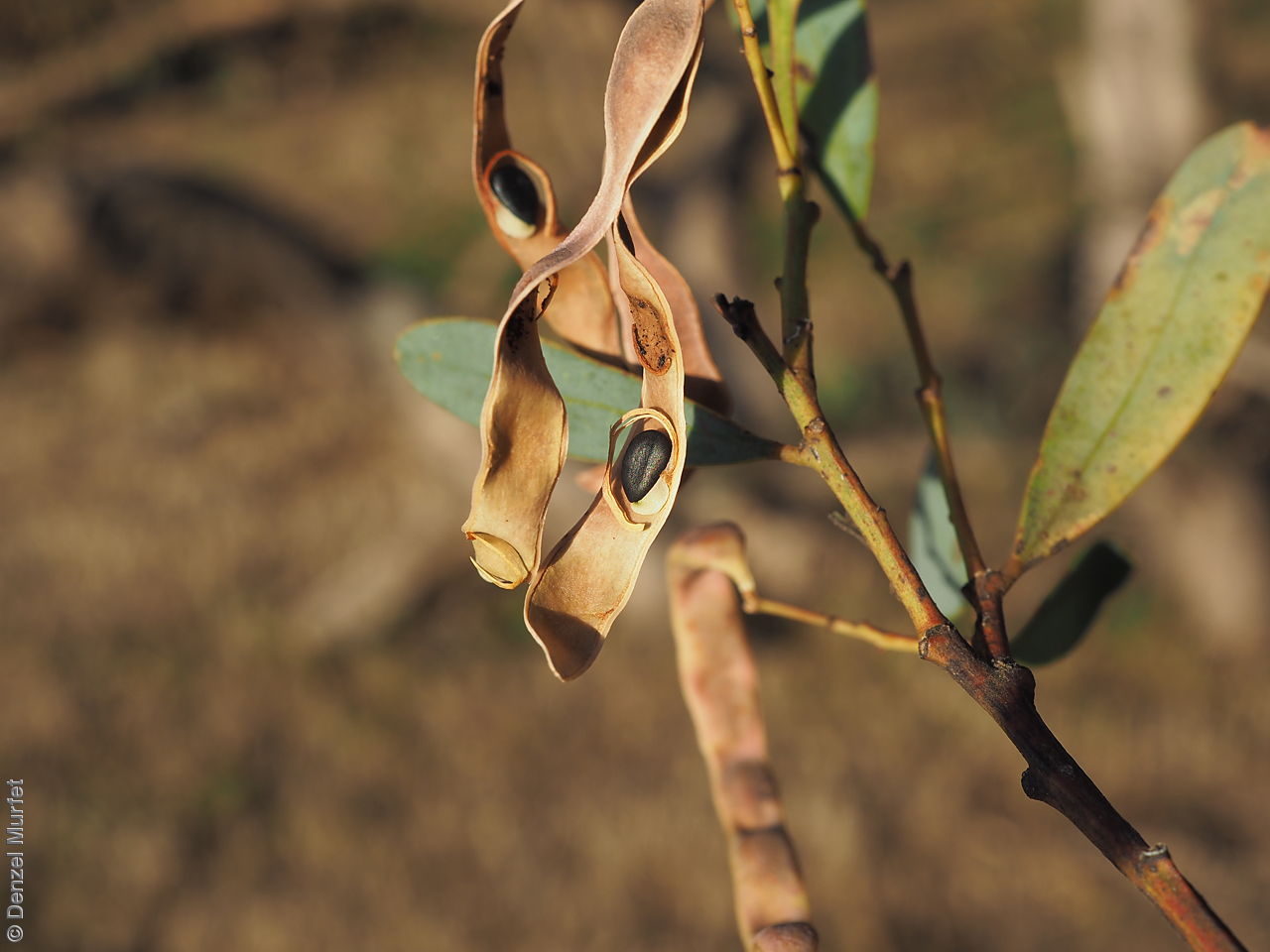
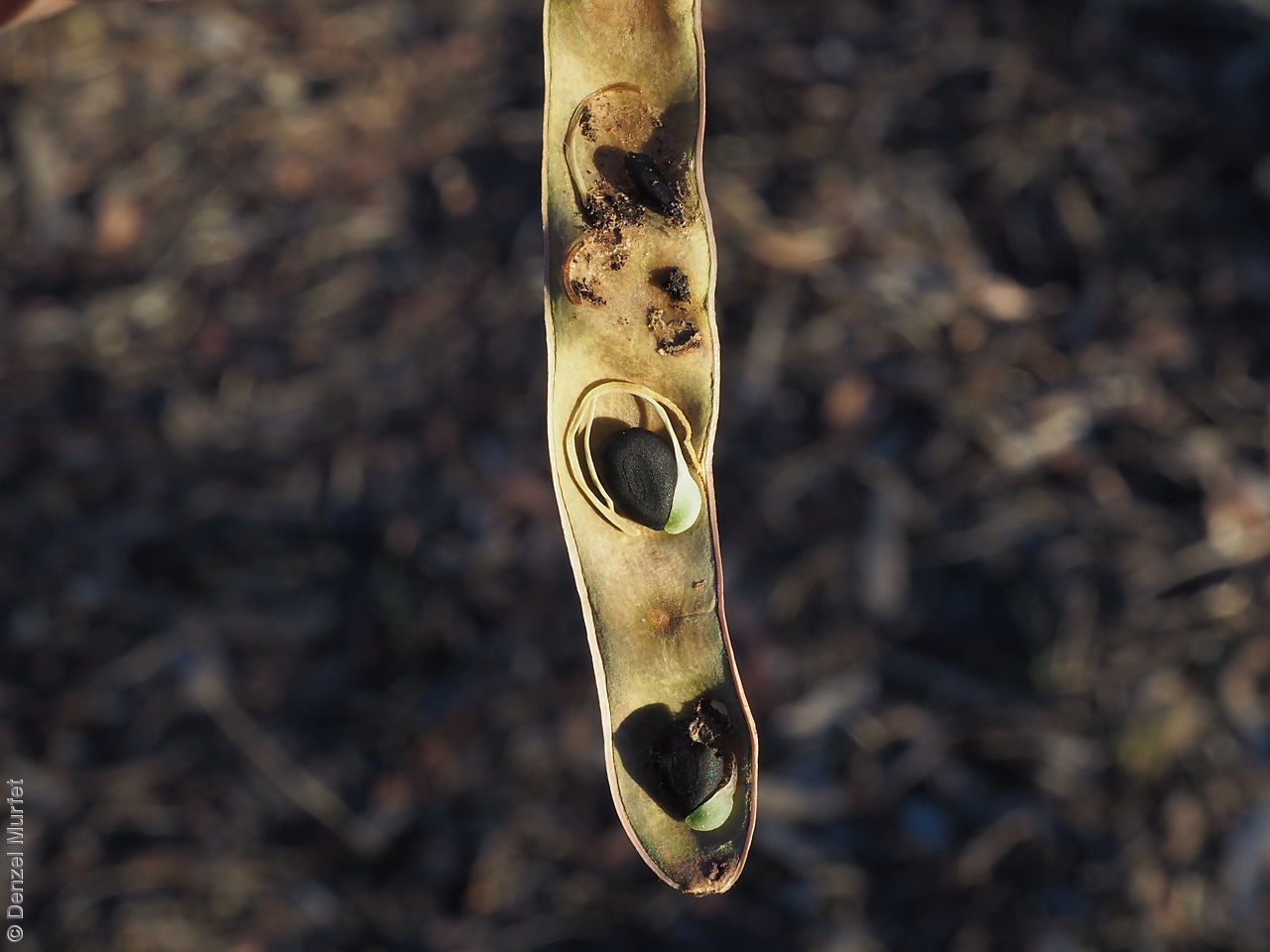
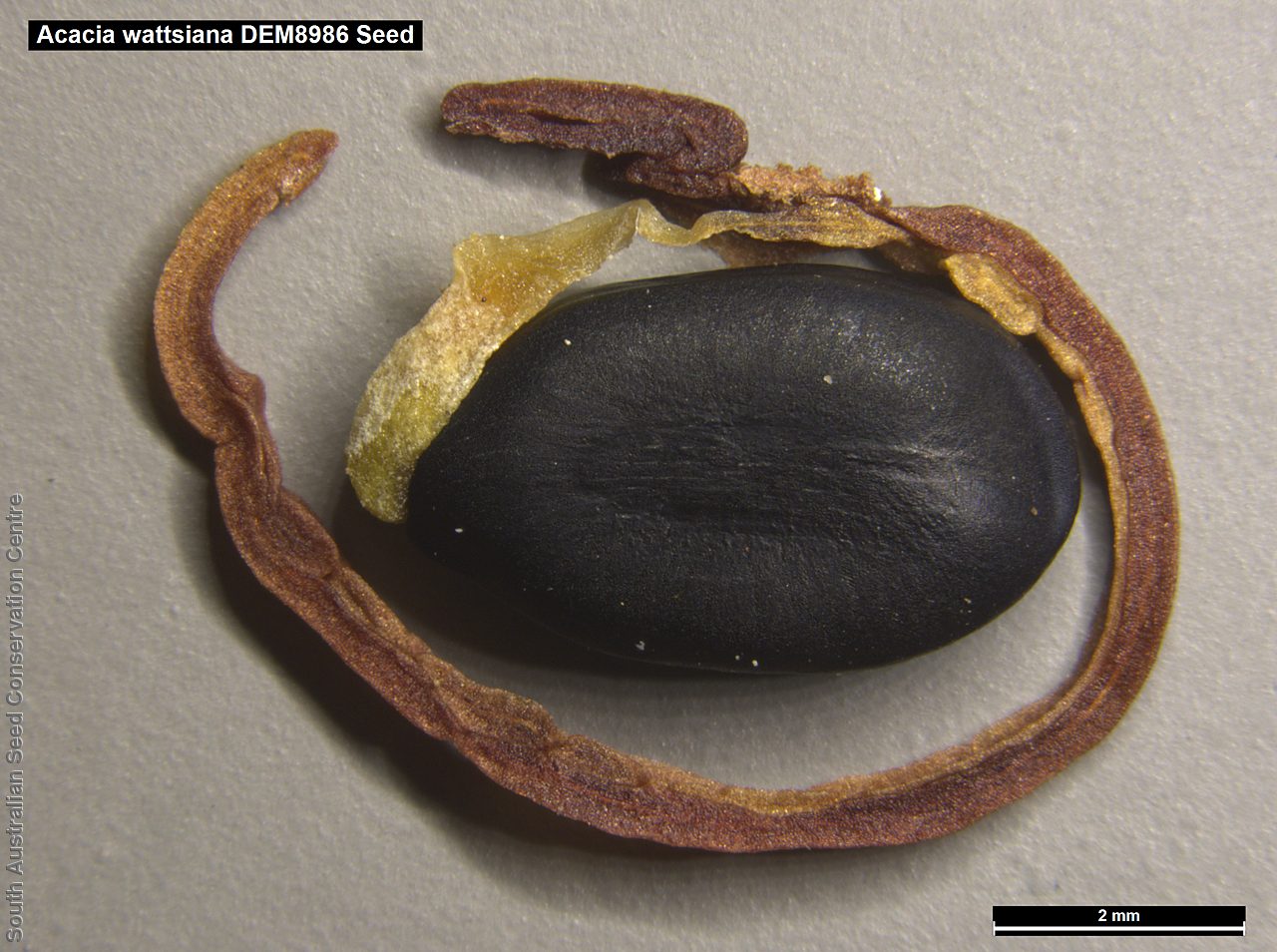
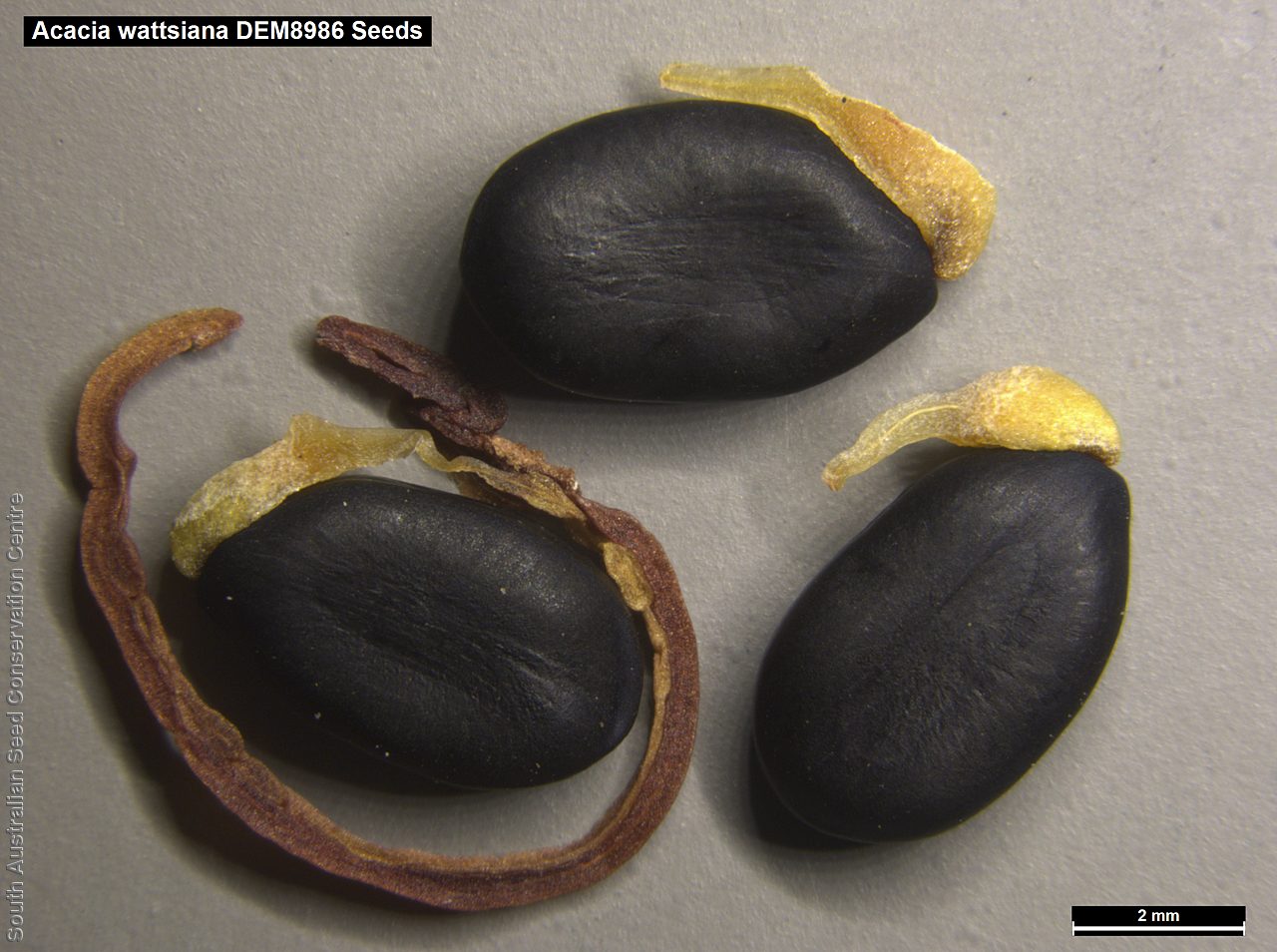


Botanical art
Common names
Watt's Wattle
Dog Wattle
Etymology
Acacia from the Greek 'akakia' and derived from 'ake' or 'akis' meaning a sharp point or thorn and 'akazo' meaning to sharpen. Dioscorides, the Greek physician and botanist used the word in the 1st century AD for the Egyptian thorn tree, Acacia arabica. Wattsiana probably commemorates Alfred Watts, one of the two members of the South Australia Legislative Council elected in 1855.
Distribution and status
Endemic to South Australia with a rather restricted distribution in the northern Mount Lofty Ranges, growing in woodland to open forest or tussock grassland vegetation. Native. Common in South Australia.
Herbarium regions: Flinders Ranges, Eyre Peninsula, Northern Lofty
NRM regions: Adelaide and Mount Lofty Ranges, Eyre Peninsula, South Australian Arid Lands
AVH map: SA distribution map (external link)
Plant description
Dense, bushy rounded, spreading, glabrous shrubs to 2 m high, with thin, greyish-brown bark. Leaves narrow-obovate, oblanceolate to 6 cm long and 10 mm wide; straight or slightly curved, glabrous, light-green; mid-vein slightly excentric, lateral veins numerous obscure and reticulate; margins prominent and yellowish; glands small, situated on the upper margin below the centre of the leaf. Inflorescences axillary racemes with globular, yellow flower-heads. Flowering between October and December. Fruits are brown, linear pod to 12 cm long and 7 mm wide, flat but raised over seeds, narrowed at both ends, margins thickened and vein-like, slightly contracted between seeds. Seeds are hard, black semi-flat, ovoid seed to 4 mm long and 2.5 mm wide. Seed embryo type is investing.
Seed collection and propagation
Collect seeds between December and February. Collect mature pods that are turning brown, with hard, dark seeds inside. Place the pods in a tray and leave to dry for 1-2 weeks or until the pods begin to split. Then rub the dried pods to dislodge the seeds. Use a sieve to separate any unwanted material. Store the seeds with a desiccant such as dried silica beads or dry rice, in an air tight container in a cool and dry place. From one collection, the seed viability was high, at 95%. This species has physical dormancy that needs to be overcome for the seed to germinate (e.g. nicking or softening the seed coat).
| Location | No. of seeds (weight grams) | Number of plants | Date collected | Collection number Collection location | Date stored | % Viability | Storage temperature |
|---|---|---|---|---|---|---|---|
| BGA MSB | 6,650 (72.3 g) 6,650 (72.3 g) | 35+ | 30-Dec-2005 | KHB31 Flinders Ranges | 1-Aug-2006 | 95% | -18°C |
Number of plants: This is the number of plants from which the seeds were collected.
Collection location: The Herbarium of South Australia's region name.
% Viability: Percentage of filled healthy seeds determined by a cut test or x-ray.